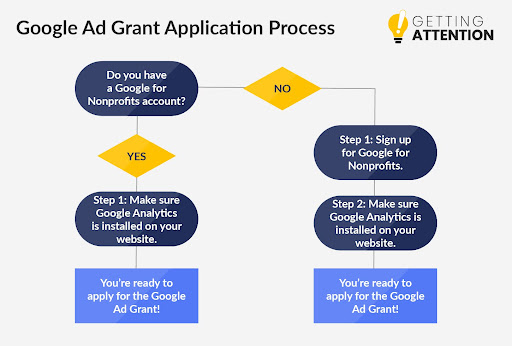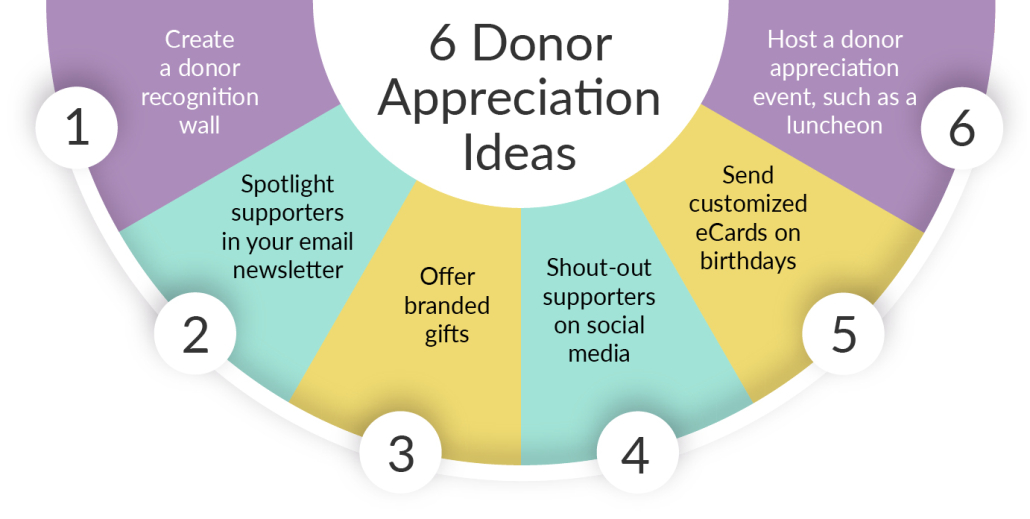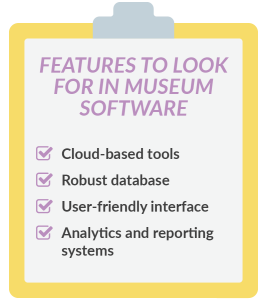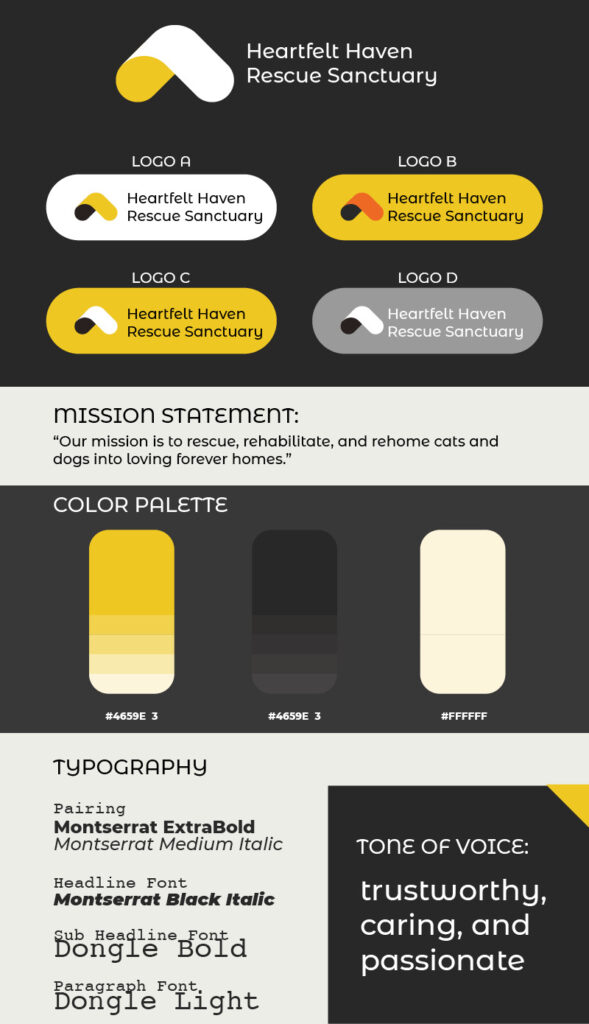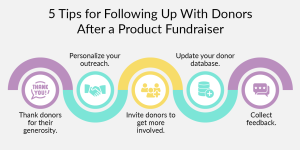Successful fundraising is all about harnessing the power of a community. Whether you’re a nonprofit raising funds to run its programs or an individual collecting donations for a personal need, crowdfunding campaigns open the door to worldwide support. Anyone who lands on your campaign page can read about your cause and donate with just a few clicks or taps on their device.
But with so much going on across the Internet and so many worthy causes vying for attention, how do you make your online fundraising efforts stand out? In this guide, we’ll walk through five essential practices to incorporate into your next crowdfunding campaign to attract more donors and surpass your fundraising goal.
1. Choose a crowdfunding platform that fits your needs.
Think of a crowdfunding platform as a blank canvas. With the right type and quality, you can put together a campaign that’s nothing short of fine art. Not every platform will have all the tools and features to fit your specific needs. That’s why it’s important to research all of your options, beyond commonly known websites such as GoFundMe.
Keep these considerations in mind when exploring potential crowdfunding platforms:
- Pricing. Even “free” crowdfunding websites likely come with platform and payment processing fees. Look for a platform that takes only a reasonable and relatively low percentage from the donations you earn so you can get as much out of your fundraising efforts as possible.
- User experience. Choose a crowdfunding platform that’s easy for both you and your donors to use. You should be able to create an engaging campaign page and begin promoting it within minutes. At the same time, donors should be able to enjoy a streamlined giving process that allows them to make secure payments and even schedule recurring gifts.
- Integrations. Ensure that your crowdfunding platform can easily integrate with your email marketing, social media, and matching gift tools so you can connect everything you need to support your campaign.
- Engagement tools. On some crowdfunding platforms, you can take your campaign to the next level by adding a fundraising thermometer to your donation page, enabling peer-to-peer fundraising on your behalf, and planning events.
Note that some platforms have a “Keep it All” (KiA) model while others have an “All or Nothing” (AoN) model. If you start a KiA campaign, you’ll be able to receive the funds you earn, regardless of whether you meet your specified fundraising goal. However, with an AoN campaign, you can only collect your donations if you hit your goal.
2. Send targeted donation appeals.
Crowdfunding campaigns rely on securing modest gifts from a large number of donors to succeed. To encourage them to support your campaign, you need to find ways to appeal to donors’ individual interests, motivations, and preferences. Most nonprofits have access to this key information in their donor database.
To identify the most effective ways to reach out to your donors, consider their:
- Engagement history. How long have they been involved with your organization? Have they attended an event, signed up for a newsletter, or served as a volunteer before?
- Past gifts. Have they donated before? If so, what is their average gift size? How frequently do they give?
- Communication preferences. How do they typically interact with your nonprofit? Do they seem to respond best to emails, text messages, or social media updates?
Sort your audience members according to these details, and adjust your donation appeals to resonate with each group. For example, if you have donors who typically give $25, you might send them an email discussing your crowdfunding campaign and inviting them to help you reach your goal by contributing $30. While this amount is slightly higher than what they usually contribute, it encourages more generosity while still being appropriate based on their giving history.
3. Create suggested giving levels.
Before donors decide to support your crowdfunding campaign, many of them want to know how their gifts will make an impact. To inspire more generosity, add suggested giving levels to your donation page.
For instance, let’s say that your nonprofit animal shelter has just experienced a natural disaster in its local community. To care for the influx of animals that have come through your doors, you’ve launched an emergency crowdfunding campaign. On your donation page, you might then share that:
- A $25 donation will feed one of our shelter animals for a week.
- A $100 donation will cover medical exams and x-rays for one animal.
- A $250 donation will fund 25 doses of antibiotics treatment.
- A $500 donation will help provide emergency surgeries for rescued animals.
By including suggested giving levels on your crowdfunding page, you can make sure each prospective donor knows exactly how you’ll use their gift and the type of impact they’ll make. This makes them more likely to support your campaign and potentially make a larger gift than they would have otherwise.
4. Promote matching gifts.
Many donors who give to nonprofit crowdfunding campaigns have the opportunity to make their gifts go twice as far. Thanks to the rising importance of corporate social responsibility (CSR) among today’s companies, many businesses will match the donations their employees make to charitable organizations through matching gift programs.
Fundly’s guide to donation requests compiles several key statistics that illustrate exactly how popular corporate giving is becoming:
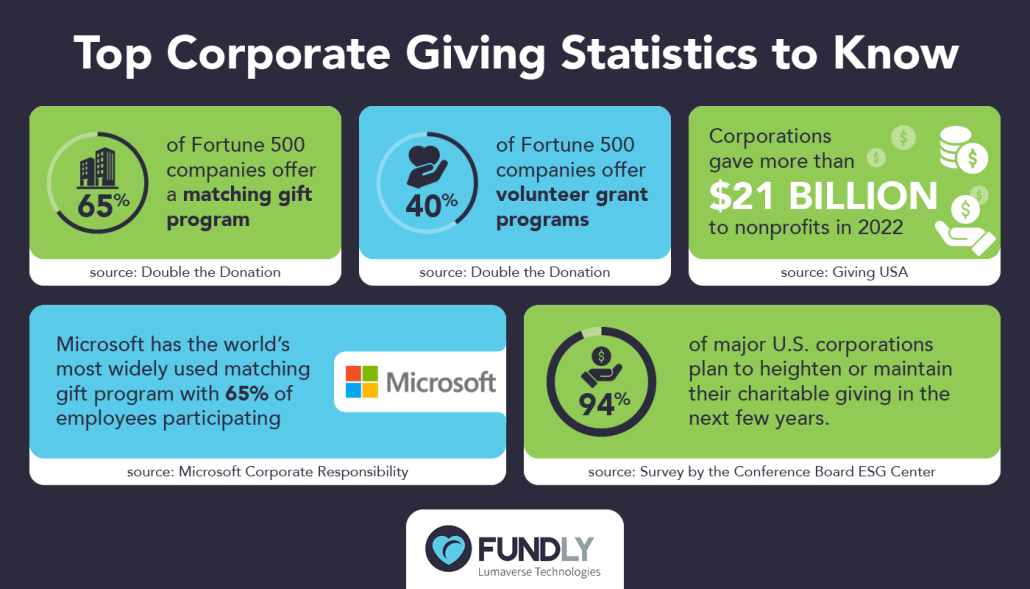
- 65% of Fortune 500 companies offer a matching gift program.
- 40% of Fortune 500 companies offer volunteer grant programs.
- Corporations gave more than $21 billion to nonprofits in 2022.
- Microsoft has the world’s highest matching gift program engagement with 65% of employees participating.
- 94% of major U.S. corporations plan to heighten or maintain their charitable giving in the next few years.
However, your donors first have to be aware of this opportunity to be able to submit a matching gift request on your behalf. Start by including a brief description on your donation page, encouraging donors to check their eligibility with their employer. Then, promote matching gifts alongside your crowdfunding campaign in social media posts, email newsletters, and text messages to maximize awareness.
5. Thank all of your donors.
Your crowdfunding campaign’s follow-up strategy can pave the way for more successful campaigns in the future. By taking the time to thank all of your donors, you can retain their support for whatever fundraising needs you may have down the road.
While your crowdfunding platform should automatically send donation receipts that confirm each transaction and share a quick thank-you message, that’s the bare minimum you should do. To demonstrate to donors how much you value their contributions, consider:
- Posting social media shoutouts.
- Producing a thank-you video.
- Creating a digital donor wall.
- Sending personalized eCards.
According to eCardWidget, eCards are a cost-effective, eye-catching, and versatile way to connect with your donors in various ways. Beyond thanking them for their support, you can send them birthday wishes, holiday greetings, and event invitations. Plus, you can even sell them in an eStore as an additional way to raise funds.
No matter what you’re fundraising for, crowdfunding can help you raise the money you need—as long as you take a thoughtful approach to choosing a platform and engaging your donors.
Throughout your campaign, keep an eye on metrics such as your total number of donors, average gift size, and the time it takes to reach your fundraising goal to assess your progress. By approaching each campaign as a learning opportunity, you’ll be able to improve your results and collect more online donations in no time.

